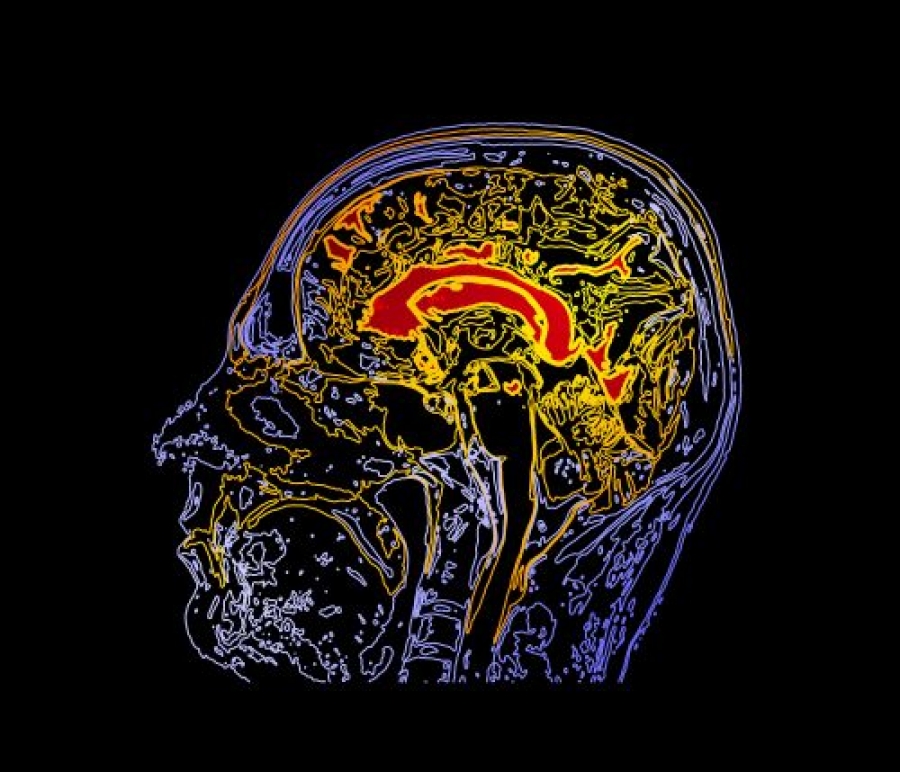Brain mapping, also called quantitative electroencephalography (qEEG), measures the brain’s electrical activity by recording signals from multiple sites on the surface. It’s a unique way to analyze your brain activity and identify areas of concern or underperformance. By comparing the results of the treatment to a database of healthy, normal individuals who are the same age as the patient, we are then able to develop a treatment plan that specifies which parts of the brain to train.
How Does Brain Mapping Work?
To conduct the brain mapping test, a comfortable cap is placed on the individual’s head. The cap contains sensors that measure brainwaves of various frequencies. This is an entirely non-invasive reading of the brain’s activity and frequency patterns and may take roughly 30 minutes to complete.
Brainwaves vary in speed. You can think of slow brainwaves as large wave movements in the ocean, which move a ship up and down. Fast brain waves can be thought of as smaller ripples on the water’s surface. We can measure both fast and slow brain waves when using an electroencephalogram (EEG).
Imagine yourself when you’re just waking up: you’re not quite awake yet, but still loosely dreaming. If we measured the electrical activity in your brain using an electroencephalogram (EEG) at that very moment, you would be experiencing relatively slow brain waves.
Now imagine yourself taking an exam in which you’re intensely focused. We might be able to detect faster brain waves in this situation. These examples show that brain wave frequencies are related to the state you’re in.
Brain waves are measured in hertz (Hz). We can identify different frequencies using EEG technology and compare those findings against normal brainwave patterns in other individuals. For example, the Delta range corresponds to relatively slow brain waves that oscillate 1–4 times in a second, or 1–4 hertz (Hz).
What Can a Brain Mapping Test Show You?
Brain mapping can provide insight into your own brain. We can see which parts we use more when we think, feel, remember, imagine, dream, etc. This helps us understand ourselves better.
Brain mapping allows us to understand what is going on inside your head and how it relates to your mental health. We can see patterns in your brain activity when you are feeling anxious or depressed and identify methods to correct those patterns. Brain mapping provides insight into what is causing your symptoms and helps us figure out how to help you find relief through brain mapping tests.
Brain mapping is an especially important tool for treating neurological disorders. It helps healthcare practitioners pinpoint the source of the problem and why symptoms may be occurring. It provides insight into what parts of the brain are affected, which helps determine which treatment would be the most viable. Typically, at Braincode Centers, we use the information provided by your qEEG brain map as a roadmap to re-train your brain to better adjust to situations or feelings.
Are You Ready to Unlock the Benefits of Brain Mapping?
Contact Braincode Centers today to learn more about how to train your brain through brain mapping tests in Denver.




